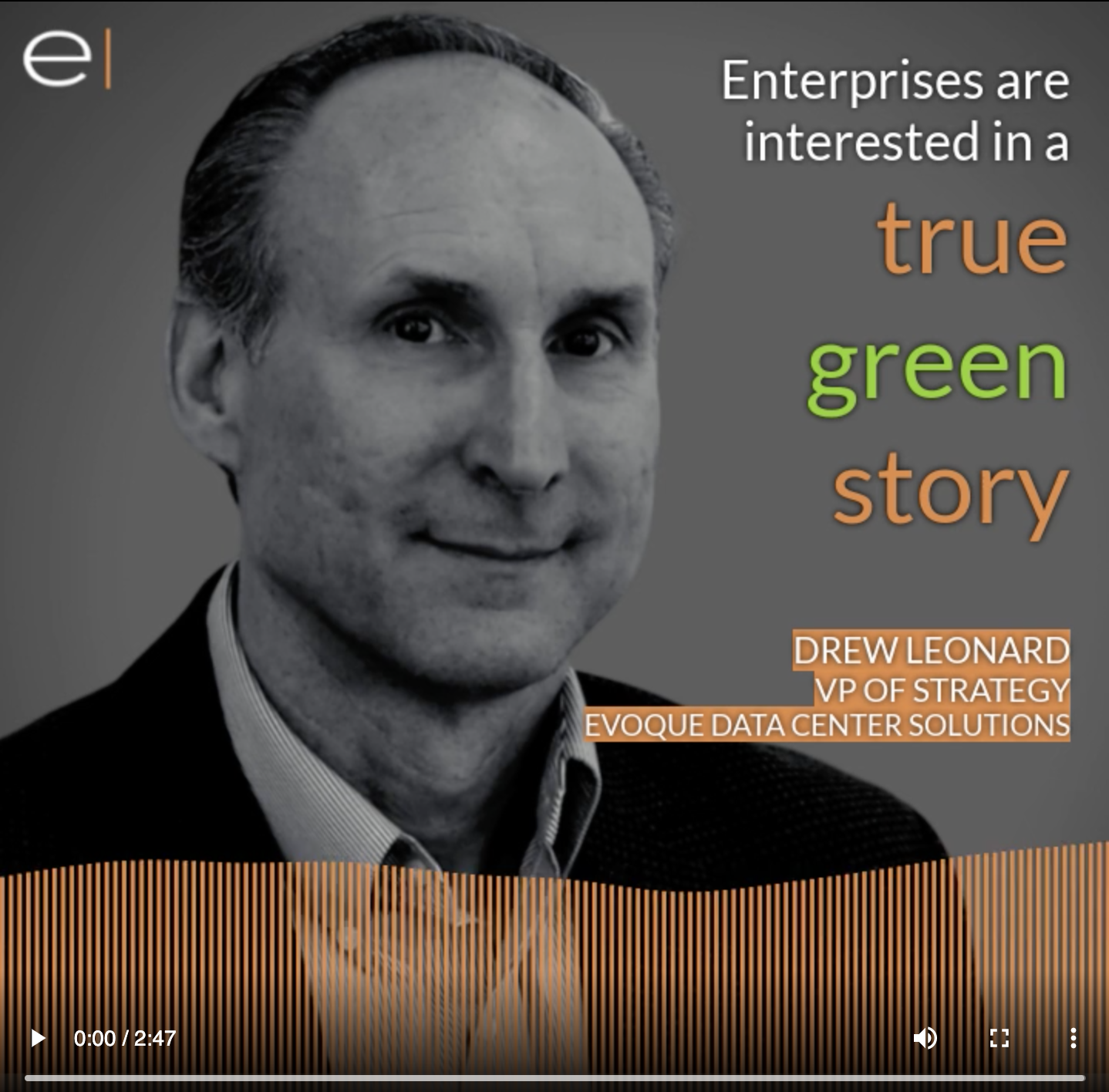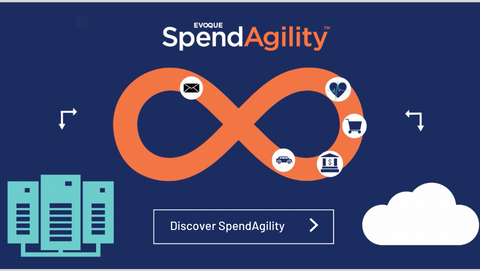March 11
While there are many variables and additional features, data centers are fundamentally about three core elements:
- Space
- Power
- Interconnectivity
Without these elements you don’t have a functioning data center. While it may sound straightforward, it’s not as simple as it seems. Let’s focus on what “power” really means for a data center.
When it comes to discussing power in a data center, there are questions about fundamental operation:
- Where does the power come from?
- How is it delivered to the data center floor?
- How much power is needed?
Then there are secondary questions to ensure that power is reliable, even in the event of an emergency:
- What happens if there’s a power outage?
- What measures are in place for power redundancy?
- How long can a data center run on backup systems (generators)?
- How and how often are these systems and processes tested?
Understanding how power works in a data center can help you evaluate the reliability of a privately owned data center or colocation solution.
Where does the power come from?
Data centers get their main power source from one or more utility feeds. They also have backup power sources such as batteries, generators, and fuel reserves in the case of a commercial power outage.
How is power delivered to the data center floor?
There are many ways to deliver power from the utility to the actual data center floor. The most common way currently is “two end delivery.” Evoque’s Mark Taylor explains how it works (and why it’s important to “clean the power”).
How much power is needed?
How much power a data center needs depends on its size, capacity, load, future planning, and other elements specific to each facility. Companies with privately-owned data centers should be able to predict power needs and can plan accordingly. A colocation facility on the other hand needs the flexibility to support a multitude of different environments. Some customers use a low amount of power (low density) while others have high power needs (high density). “How much power is needed” is less a question about data centers and more a question for the environments they’re housing. Regardless of actual need, more power is delivered to the data center than is technically needed to ensure redundant power is always available.
Note: Power is only half of the equation. A data center can have all the power in the world, but data centers convert power to heat, which requires cooling. If the deployment of power is not properly managed, a data center can run out of cooling capacity before it reaches intended capacity.
Do data centers use “green energy?”
Data centers have a reputation for being big power consumers. One study reported that in 2018 data centers consumed 205 terawatt-hours of electricity globally (roughly 1% of all electricity consumed). While 1% may not seem like a large number, it’s important to remember that data centers have a relatively small global footprint compared to all other electricity consuming entities.
With these high consumption metrics in mind and growing corporate interest in “going green,” the data center industry is looking for ways to incorporate more green energy sources into operations. While it’s not a large portion of provided power at this time, Drew Leonard, Evoque VP of Strategy, foresees green energy playing a larger role in data centers as we move into the new decade.
What happens if there’s a power outage? What measures are in place for power redundancy?
Power simply cannot be unavailable, for any reason, at any time, in a data center (that’s why SLAs exist). This is tricky when commercial power isn’t always reliable. To ensure a customer’s equipment stays running, even if the utility power is unavailable, redundancies and backup systems are always in place to ensure continuous, uninterruptable power. Here’s how it works:
How long can a data center run on generator power?
This is another facility-dependent question as each data center facility will have its own version of a power backup plan. (If you’re vetting colocation facilities, be sure to inquire about the standby power capabilities of that particular location and its historical reliability.) Typically, backup generators can run for several days with on-site reserve fuel. Additionally, the data center should have a reliable plan in place to refuel generators if outages last longer than the fuel reserves.
As an example of an in-depth backup power plan, Richard Burchfield, Data Center Manager at Evoque, describes the power contingency plan and processes for Evoque’s Allen, TX facility.
How and how often are equipment, processes, and backups tested?
Having a backup power plan and process in place doesn’t do any good if the generator backups don’t work when needed. All data center managers should regularly test their systems and processes from start to finish to ensure everything works as anticipated. Additionally, different types of testing are required to replicate different needs and ensure the entire system is running in peak condition. Here’s an example of how simulating a power outage (or loss of a utility feed) at a data center is performed:
Still have a question about power at a data center?
Wondering about something not covered above? Reach out, we’d be happy to answer your question!





